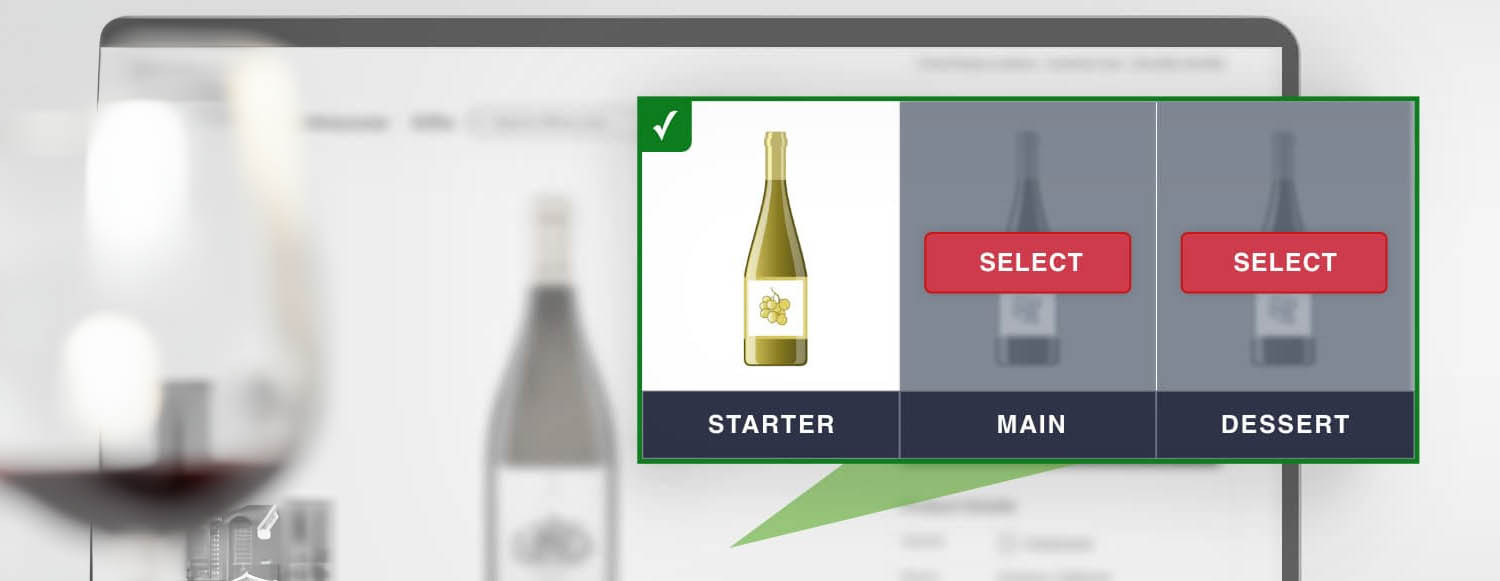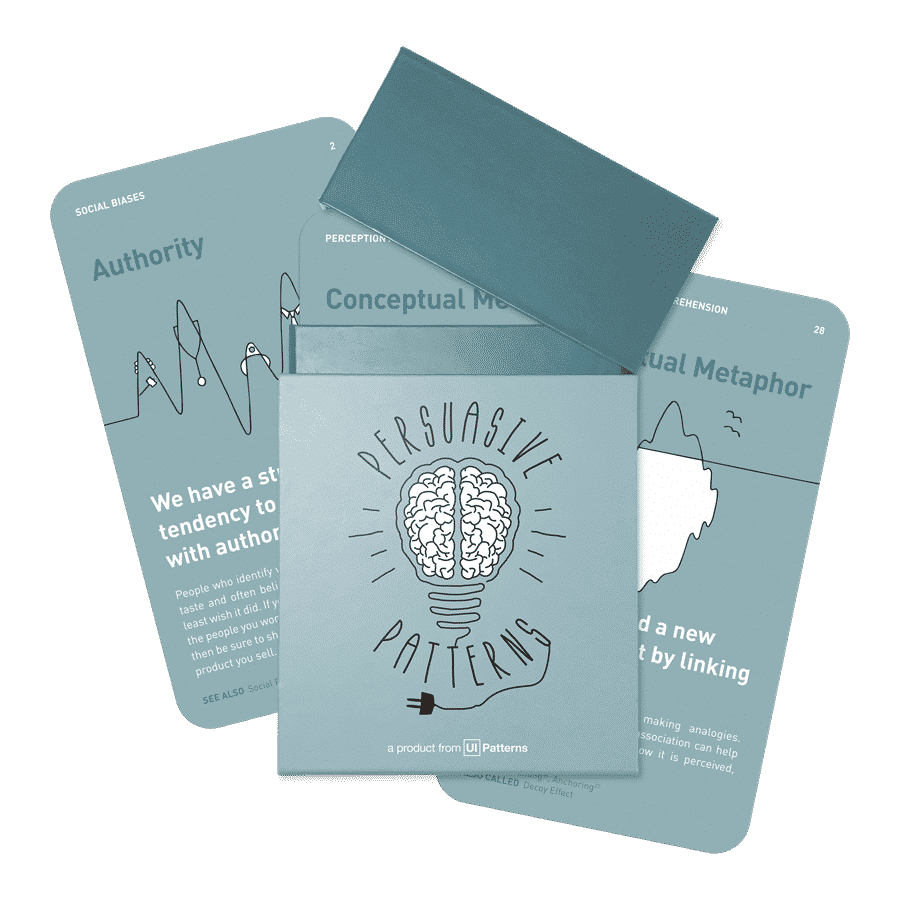Incompleteness Effect: How 'Starting From Completion' Can Boost Engagement
Discover how presenting a pre-completed task can boost engagement and drive sales.
Turn insights into action with the Persuasive Patterns card deck
Master the science behind user motivation and create products that drive behavior.
Get your deck!Imagine you’re shopping for wine online. You find a bottle you like and add it to your cart. But then you hesitate. Maybe you should get another bottle to complete a case and get a discount? Or perhaps there’s a perfect cheese pairing you haven’t considered yet?
This internal debate is exactly what researchers were tapping into in a recent study by Bauer et al. (2022). They found that presenting customers with a pre-selected product (like a bottle of wine) and then inviting them to complete a “bundle” by adding complementary items led to significantly higher sales compared to simply presenting them with a list of individual products.

Why? The answer lies in a powerful psychological concept called the “Incompleteness Effect.” The Incompleteness Effect describes the feeling of tension or unease we experience when presented with an incomplete collection. Think of an unfinished jigsaw puzzle – the urge to complete it is often irresistible.
Bauer, C., Spangenberg, K., Spangenberg, E. R., & Herrmann, A. (2022). Collect them all! Increasing product category cross-selling using the |ncompleteness Effect. Journal of the Academy of Marketing Science, 50(4), 713-741.
Designers can leverage the Incompleteness Effect to nudge customers towards making additional purchases. By presenting a product as the starting point for a collection, they trigger that desire to “complete” the set. This can be a powerful tool for boosting engagement and sales.
Pushing the finish line: from incompleteness to progress
But what if we take the Incompleteness Effect a step further? Bauer et al.’s study suggests that there’s an even more effective way to leverage this principle: reframe the starting point as a completion.
Instead of presenting a single product and inviting customers to build a bundle, what if we presented a pre-built bundle and allowed them to customize it by removing items? This seemingly minor shift – moving the “finished” state from the end of the decision-making process to the beginning – can have a dramatic impact on engagement.
Let’s go back to our wine example. Instead of starting with a single bottle, imagine we present the customer with a pre-selected case of wine, along with the option to remove bottles they don’t like or to substitute them with other options.
By presenting the case as the starting point, we tap into the satisfaction of achievement. The customer has already “completed” a task (filling a case of wine), and now they get to enjoy the process of refining their selection. This shift in perspective can make the entire experience more engaging and enjoyable, ultimately leading to higher purchase satisfaction.
The starting point advantage: Beyond wine
The power of “starting from completion” extends far beyond the world of wine. Here are a few examples of how you can apply this concept in different contexts:
- Subscription services. Offer a pre-curated subscription box, allowing users to remove or swap items to personalize their experience.
- E-learning platforms. Start users with a pre-built learning path, with the option to skip modules they already know or customize the order.
- Software trials. Provide users with a fully functional version of the software, allowing them to disable features they don’t need.
By reframing the starting point as a completion, you can create a more positive and engaging user experience. This, in turn, can lead to increased customer satisfaction, loyalty, and ultimately, sales.
The Incompleteness Effect is a powerful tool for marketers and UX designers. By understanding how our brains react to unfinished collections, we can create experiences that nudge customers towards making additional purchases. However, Bauer et al.’s study suggests that there’s an even more effective way to leverage this principle: presenting the starting point as a completion. This shift in perspective can make the entire experience more engaging and enjoyable, ultimately leading to higher customer satisfaction.
So next time you’re designing a user journey, consider the power of “starting from completion.” It might just be the key to unlocking a new level of engagement.
- Collect them all! Increasing product category cross-selling using the Incompleteness Effect by Bauer, C., Spangenberg, K., Spangenberg, E. R., & Herrmann, A.
